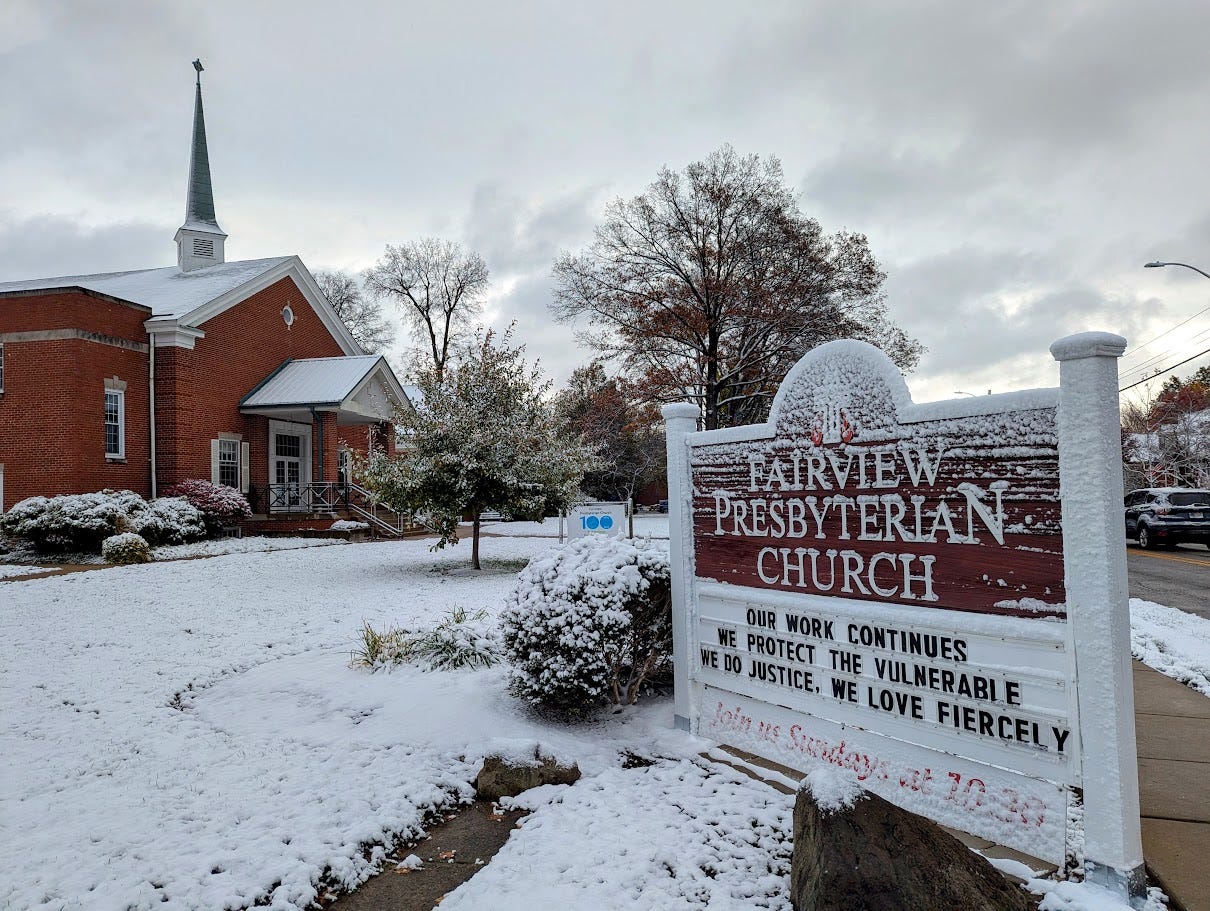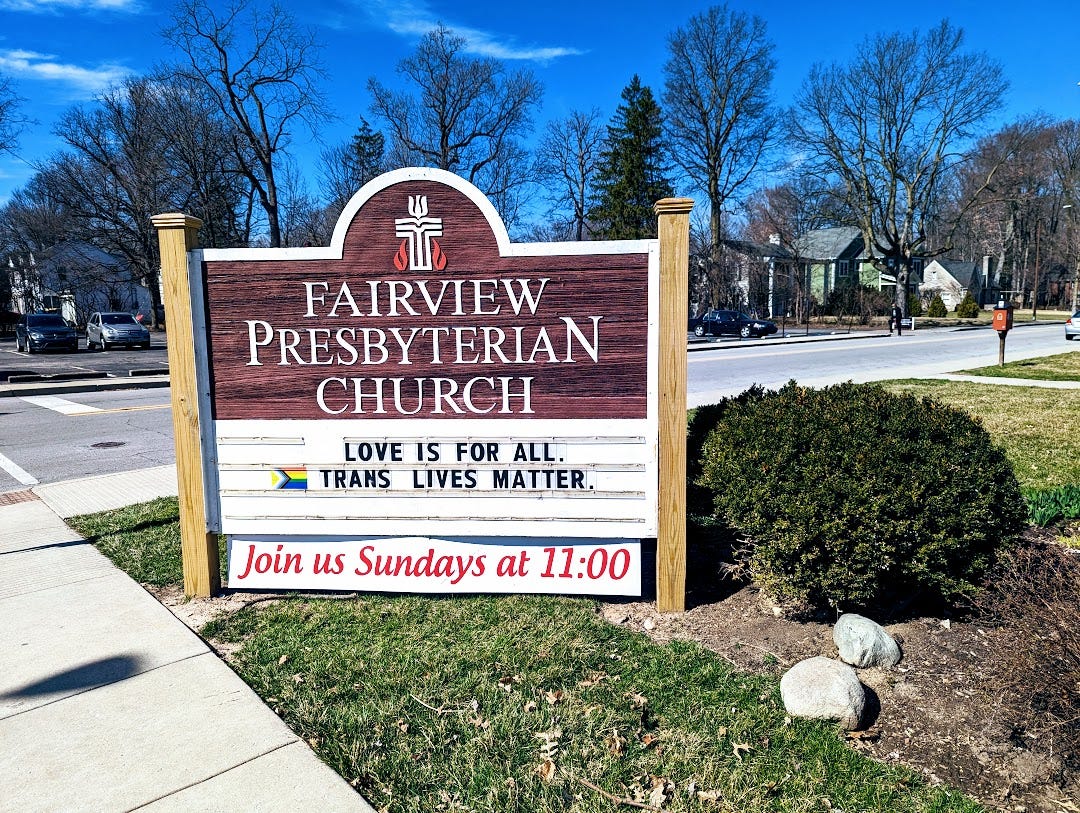Your Church Sign: Stop Advertising, Start Serving
*applies to Facebook and other social media too!
I was changing the message on our church sign and a woman stopped at the intersection, backed her Jeep up to, rolled down her window and got ready to say something to me. There was a moment of brief panic as I prepared myself to hear her complaint about the church, Christianity, or religion in general. Instead she said brightly, “I really appreciate the messages you put on your sign!”
This never happened before, when we used the sign to announce church dinners.
Like many churches, we used to view our sign primarily as advertising space – a spot to display sermon titles, or promote church events. The implicit message was always "come to our church." But a number of years ago, we started asking a different question: How can this sign serve people who will never enter our building?
Our church sits at a busy intersection with four-way stop signs. Every day, hundreds of people pause here, however briefly. Each pause is an opportunity – not to promote our church, but to offer something valuable to our neighbors: a moment of encouragement, a reminder of their worth, a call to action on behalf of the vulnerable, or sometimes just a smile.
We've learned to think of our sign as a ministry tool rather than a marketing device. The messages vary – sometimes prophetic, sometimes inspirational or affirming, sometimes playful – but the underlying purpose remains constant: to serve our community rather than ourselves.
We hope to brighten someone’s day with simple messages like, “YOU ARE GOOD ENOUGH,” “BE KIND TO YOURSELF,” or “WHERE CAN YOU SHOW KINDNESS TODAY?”
This approach requires letting go of the immediate impulse to promote church activities or grow membership. Instead, we ask questions like:
What does our community need to hear today?
What burdens could we help lift?
What injustices should we name?
What hope can we offer?
It's important to note that the specific messages each church chooses to display will naturally reflect that congregation's values and theological perspective. The key isn't to copy anyone else's message strategy, but to shift the fundamental purpose of church communication from self-promotion to community service.
For example, our church is in Indianapolis, and our city and community was pretty devastated and fearful after the presidential election a few weeks ago. We knew we had an opportunity to use our sign to help. Here is the message that was up the morning after the election:
OUR WORK CONTINUES
WE PROTECT THE VULNERABLE
WE DO JUSTICE, WE LOVE FIERCELY
We’ve heard from several people since then that our sign helped, even if it was just a bit.
Here's what we've discovered: When you stop trying to attract people to your church and focus instead on serving them where they are, something unexpected happens. People begin to see your church as a genuine participant in community life rather than just another institution seeking their attention. They begin to trust that you care about them, not just about filling your pews.
Yes, some people have eventually visited our church because of our sign. But that's not why we do it. We do it because those brief moments when people pause at our corner are opportunities for ministry – opportunities to offer something of value to our neighbors whether they ever join us for worship or not.
This same philosophy can transform how we approach church social media. Too often, church Facebook pages and Instagram accounts become digital bulletins – endless streams of event announcements and service reminders. But what if we approached these platforms with the same community-first mindset? Social media offers even more opportunities than our physical signs to serve our neighbors, share hope, build connections, and advocate for justice. Whether it's sharing resources during times of crisis, amplifying important community voices, or offering daily words of encouragement, our digital presence can be a ministry rather than merely a marketing channel.
After all, isn't that what the church is supposed to be about?







